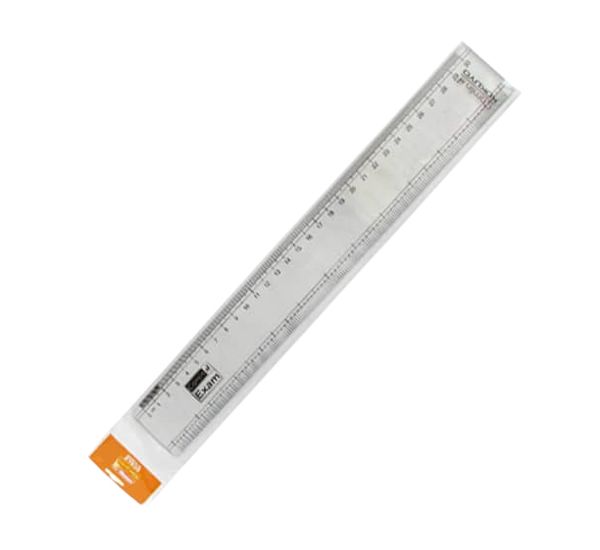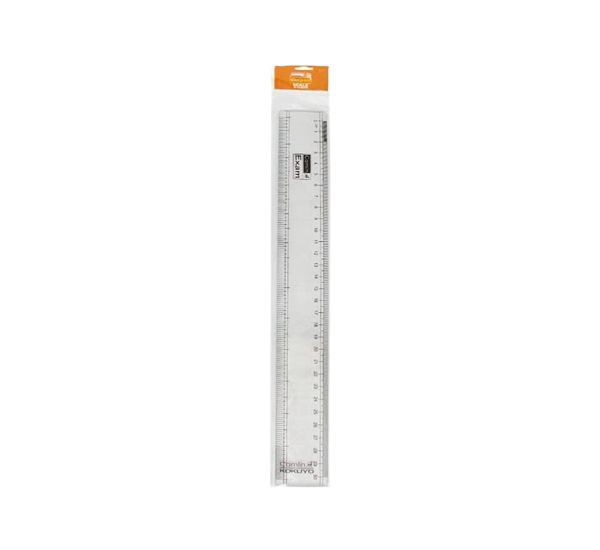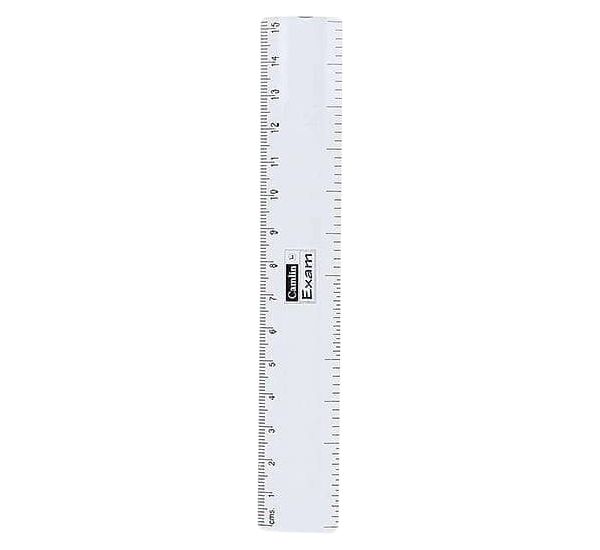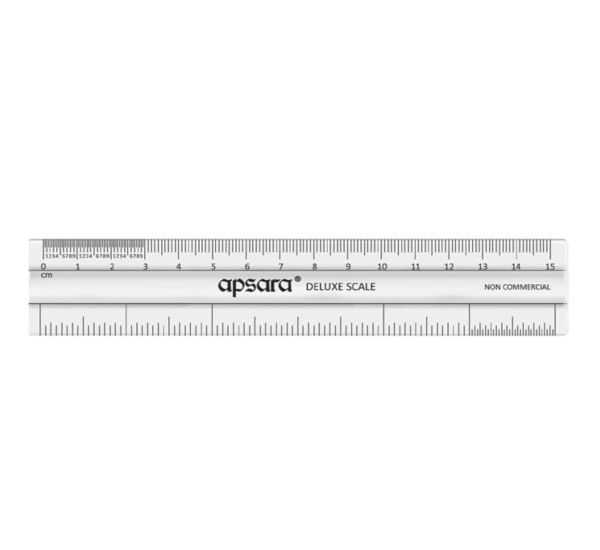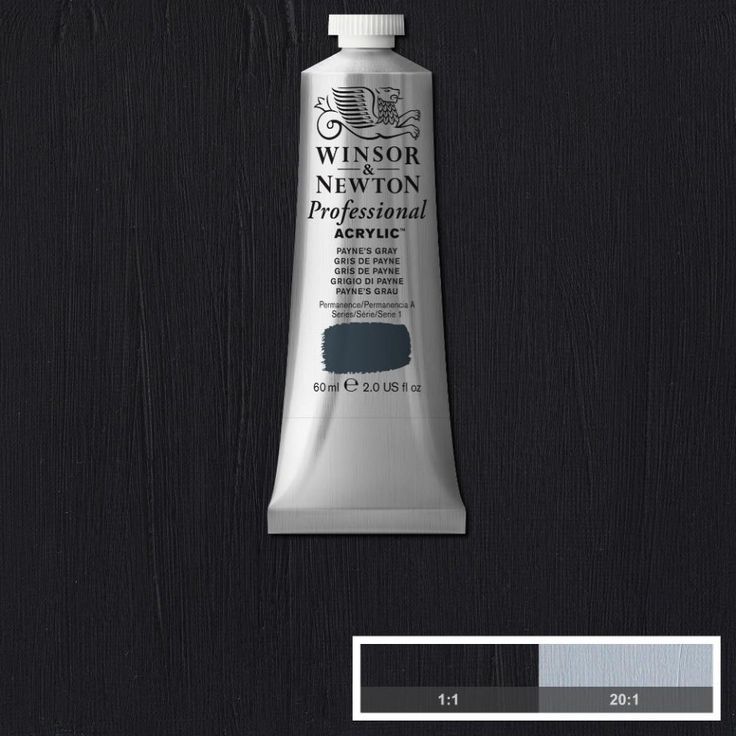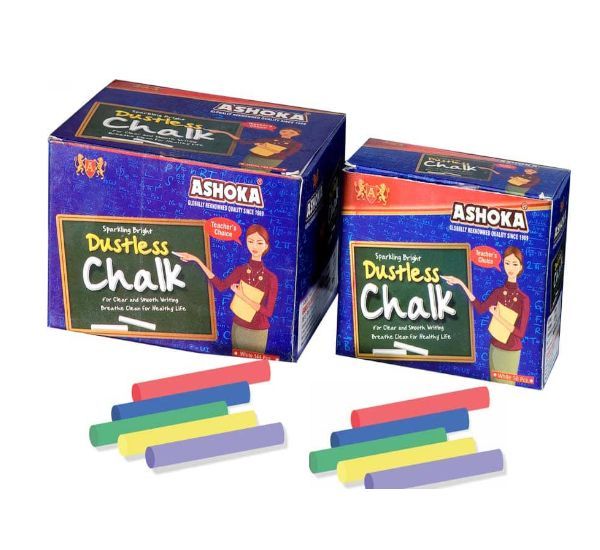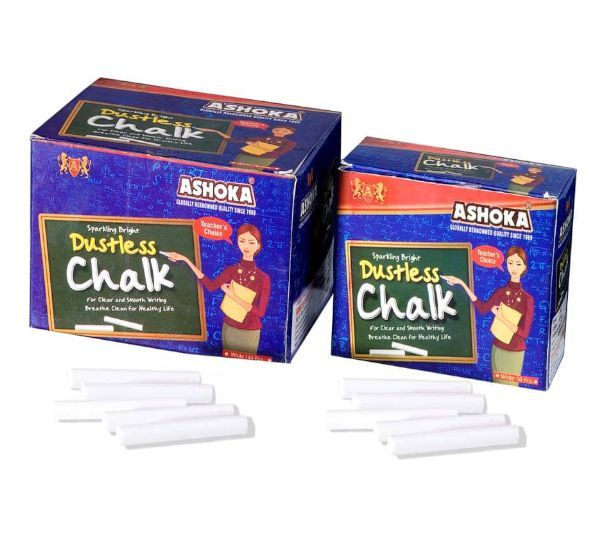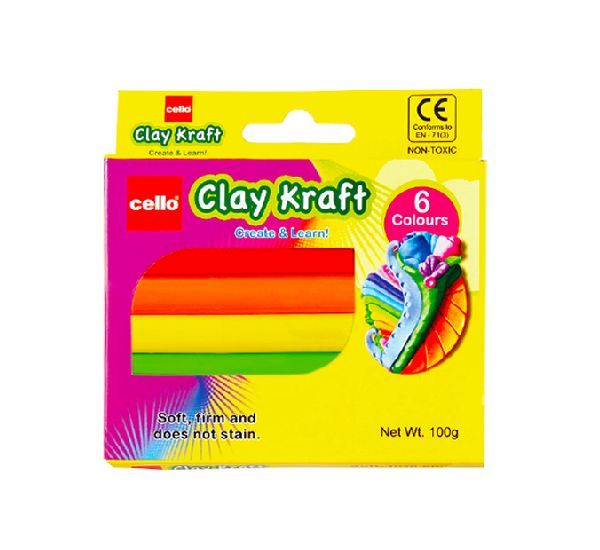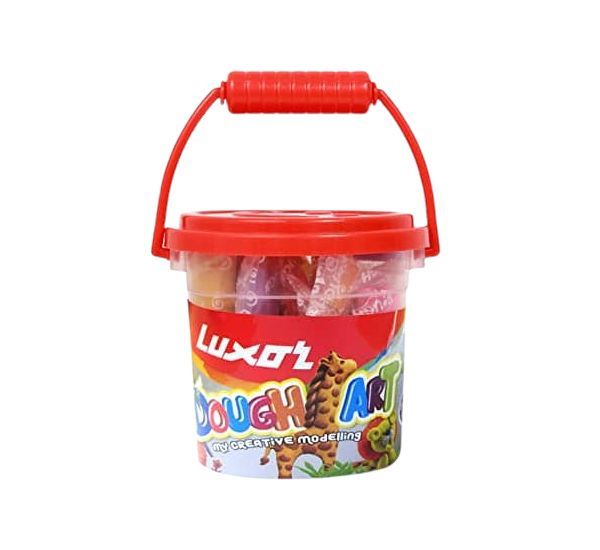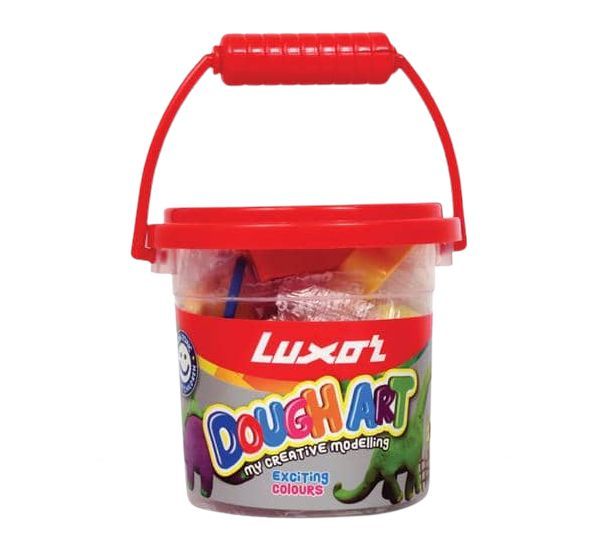Winsor & Newton Professional Acrylic Colour Payne’s Gray 60 ML
-
Payne’s Gray is a dark blue grey made from a mixture of Ultramarine, Ivory Black and sometimes Crimson.
-
It was named after the 18th-century water – colourist William Payne who created the mixture and often recommended it to his students as an alternative to plain black.
-
Unrivalled in brilliance and depth of colour.
-
The highest quality, maximum-strength pigments to ensure clean, strong colours with wonderful working properties; revolutionary transparent binder virtually eliminates colour shift from wet to dry.
-
Smooth, thick, buttery consistency with no stringiness; blends easily with mediums and thinned with water for water colour techniques.
-
It retains brushstrokes for excellent impasto effects with longer working time without compromising the famous acrylic fast-drying tie.
-
Depending upon thickness working time is approx. 20-30 minutes.
-
Individual formulation for each colour, to bring out the best in each pigment.
-
Uses the maximum amount of pigment possible without extenders.
-
Unsurpassed tinting strength.
- Description
- Size Guide
- Additional information
Description
- Colour Number: 465
- Permanence: A
- Permanence: Permanent
- Lightfastness Code: I
- Lightfastness: Excellent
- Opacity: Semi-Opaque
- Series: 1
- Pigment Codes: PB29 . PBk9
- Quantity: 60 ML
- Pack Of: 1 pcs acrylic colour in a pack.
- Country Of Origin: France
- Imported By: Platinum Painting Essentials & Trading Private Limited, Arihant Commercial Complex, 1st Floor, Building No 40, Purna, Bhiwandi, Maharashtra 421302.
Professional Acrylic Engineered To Perfection
Winsor & Newton Professional Acrylic is the brightest range of acrylic. By combining our world-beating colour making experience with the latest developments in resin technology, we have taken ‘brilliance’ to a new level. Winsor & Newton Professional Acrylic colours are unrivalled in their richness, intensity and depth of colour; engineered to perfection, our colours deliver only the highest quality.
Features
Opacity
The opacity of our Professional Acrylic is meticulously checked to ensure they are perfectly engineered.
Viscosity
The viscosity of our Professional Acrylic is tested to ensure outstanding texture and consistency.
Specific Gravity
The specific gravity of our Professional Acrylic is inspected for impeccable quality.
Professional Acrylic Colour Chart
Frequently Asked Questions
This color contains the following pigments:
PB29-Ultramarine [Blue]
PBk9-Ivory Black
PB29-Ultramarine [Blue]
PBk9-Ivory Black
Inorganic
Charred Animal Bone
Complex Silicate of Sodium and Aluminum with Sulfur
Carbon + Calcium Phosphate
Ultramarine is the standard warm blue, a brilliant blue pigment that has the most purple and least green in its undertone. It has moderate to high tinting strength and a beautiful transparency. Synthetic Ultramarine is not as vivid a blue as natural Ultramarine. Ultramarine dries slowly in oil and tends to produce clean, though granular, washes in watercolor. French Ultramarine mixes well with Alizarin colors in oil and watercolor form to create a range of purples and violets. It can dull when mixed with white in acrylic form but mixes well with other colors. The shade varies based on the manufacturer. Considered a great color for glazes, it is not suitable for frescoing.
Ivory Black is a cool, semi-transparent blue-black with a slight brownish undertone and average tinting strength. It mixes well with any color, and creates a range of dull greens when mixed with yellow. It has good properties for use in oil, can be slow to dry in oil form, and should never be used in underpainting or frescoing. Ivory Black is denser than Lamp Black.
Ultramarine has excellent permanence, although synthetic Ultramarine is not as permanent as natural Ultramarine. It may discolor if exposed to acid because of its sulfuric content.
Ivory Black is very lightfast and has good permanence, though it is considered the least permanent of the major black pigments.
Ultramarine has no significant hazards.
Ivory Black has no significant hazards.
The name for this pigment comes from the Middle Latin ultra, meaning beyond, and mare, meaning sea, because it was imported from Asia to Europe by sea. It is a prominent component of lapis lazuli and was used on Asian temples starting in the 6th century. It was one of the most expensive pigments in 16th century Europe, worth twice its weight in gold, and so was used sparingly and when commissions were larger. Ultramarine is currently imitated by a process invented in France in 1826 by Jean Baptiste Guimet, making blue affordable to artists and extending the range of colors on their palettes.
Ivory Black is a carbon-based black first named Elephantium, and described in the 4th century BCE as produced by heating ivory scraps in clay pots to reduce the ivory or bone to charcoal. The deviation in names is because the more expensive varieties of this pigment were made by burning ivory, and the less expensive ones by burning animal bone. In the 19th century, the name Ivory Black was finally permitted to be applied to Carbon Black pigments made from bone. True Ivory Black is rare in modern times due to the protection of ivory, and the synthetic variety produced today was discovered in 1929. Bone Black is produced as an industrial pigment.

| size | chest(in.) | waist(in.) | hips(in.) |
|---|---|---|---|
| XS | 34-36 | 27-29 | 34.5-36.5 |
| S | 36-38 | 29-31 | 36.5-38.5 |
| M | 38-40 | 31-33 | 38.5-40.5 |
| L | 40-42 | 33-36 | 40.5-43.5 |
| XL | 42-45 | 36-40 | 43.5-47.5 |
| XXL | 45-48 | 40-44 | 47.5-51.5 |
Additional information
| Weight | 0.09 kg |
|---|---|
| Dimensions | 3.9 × 9.7 × 12.3 cm |

